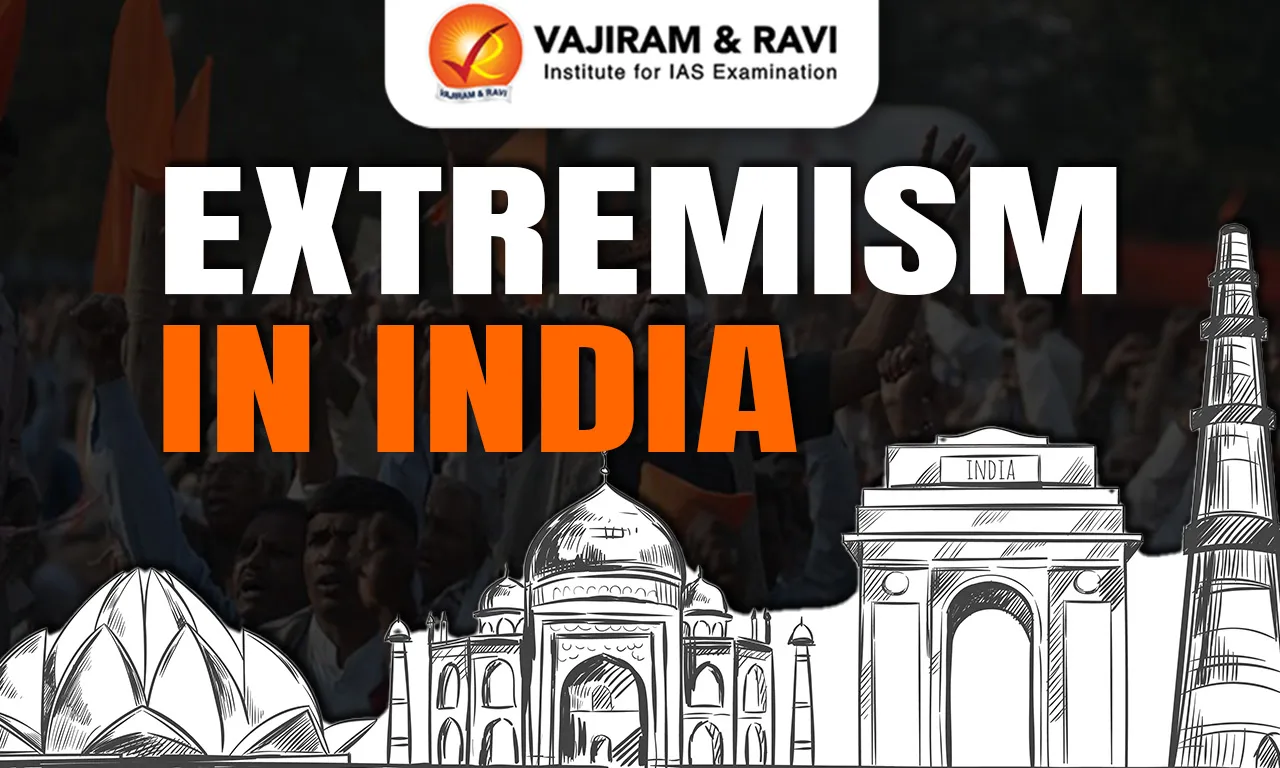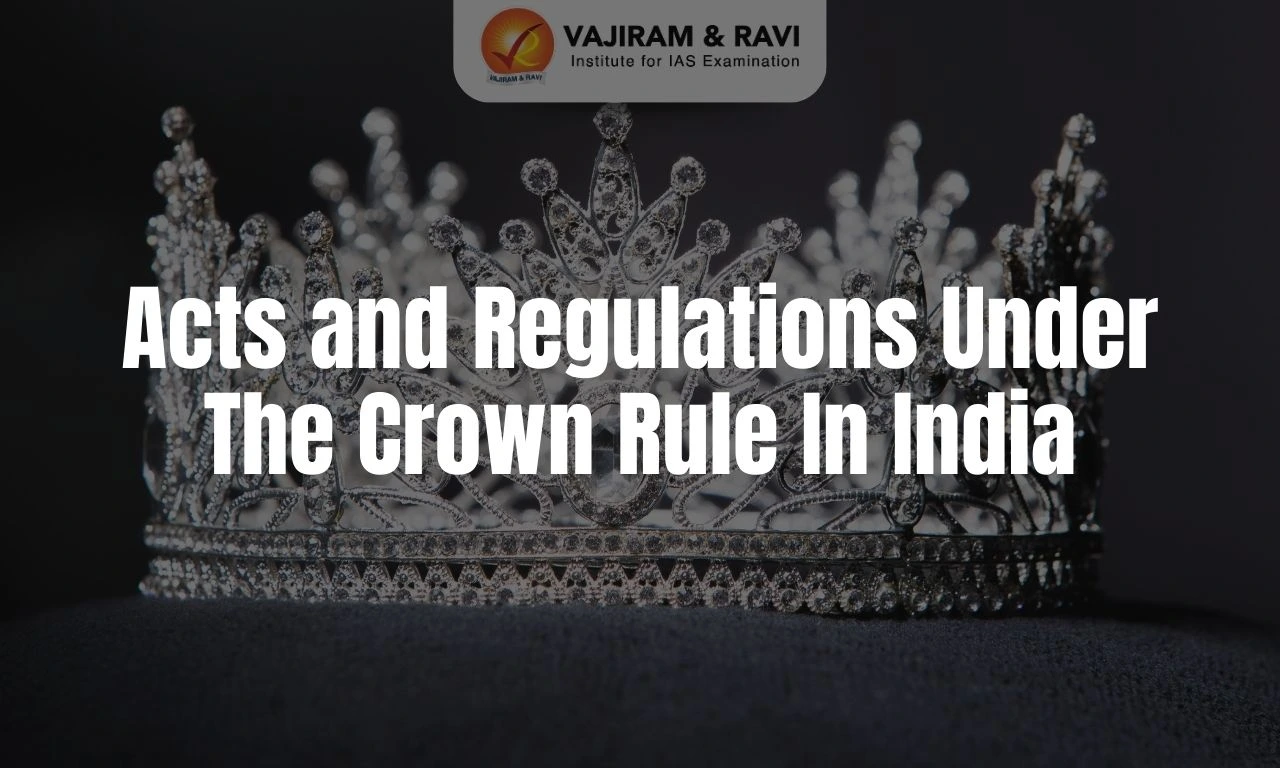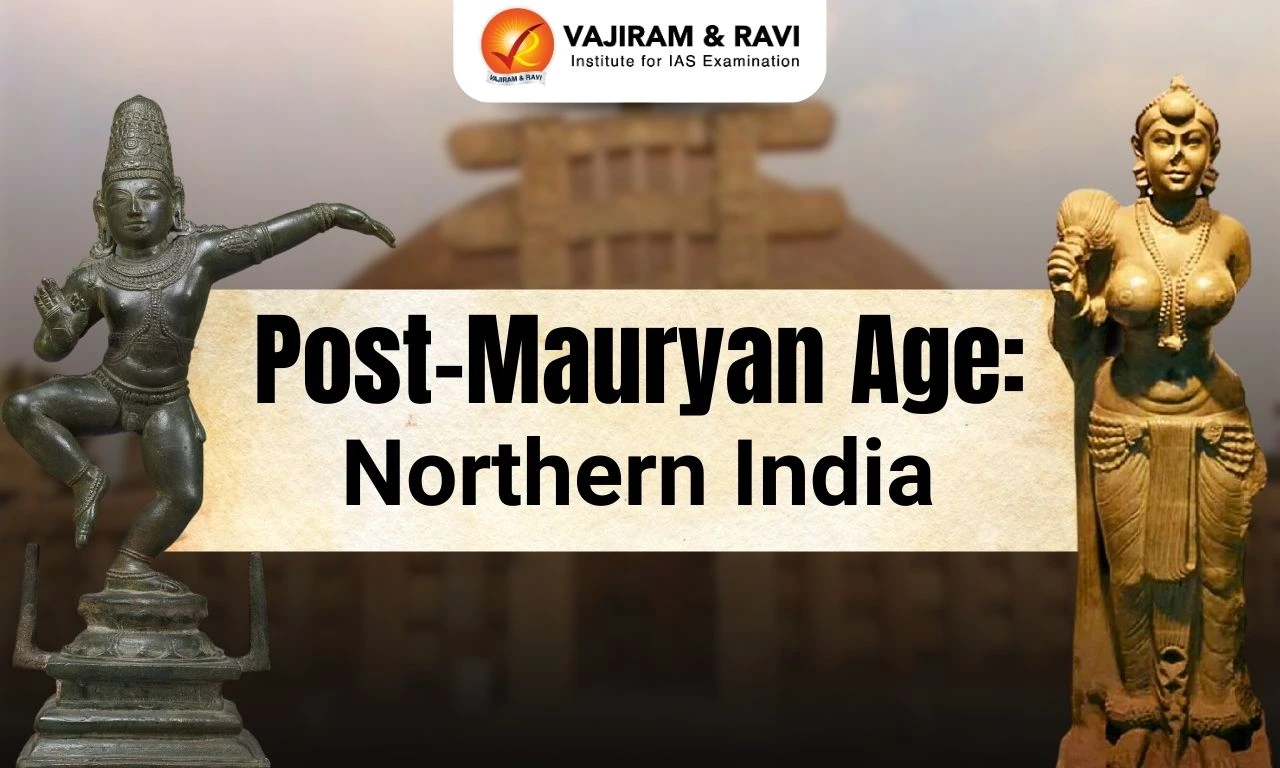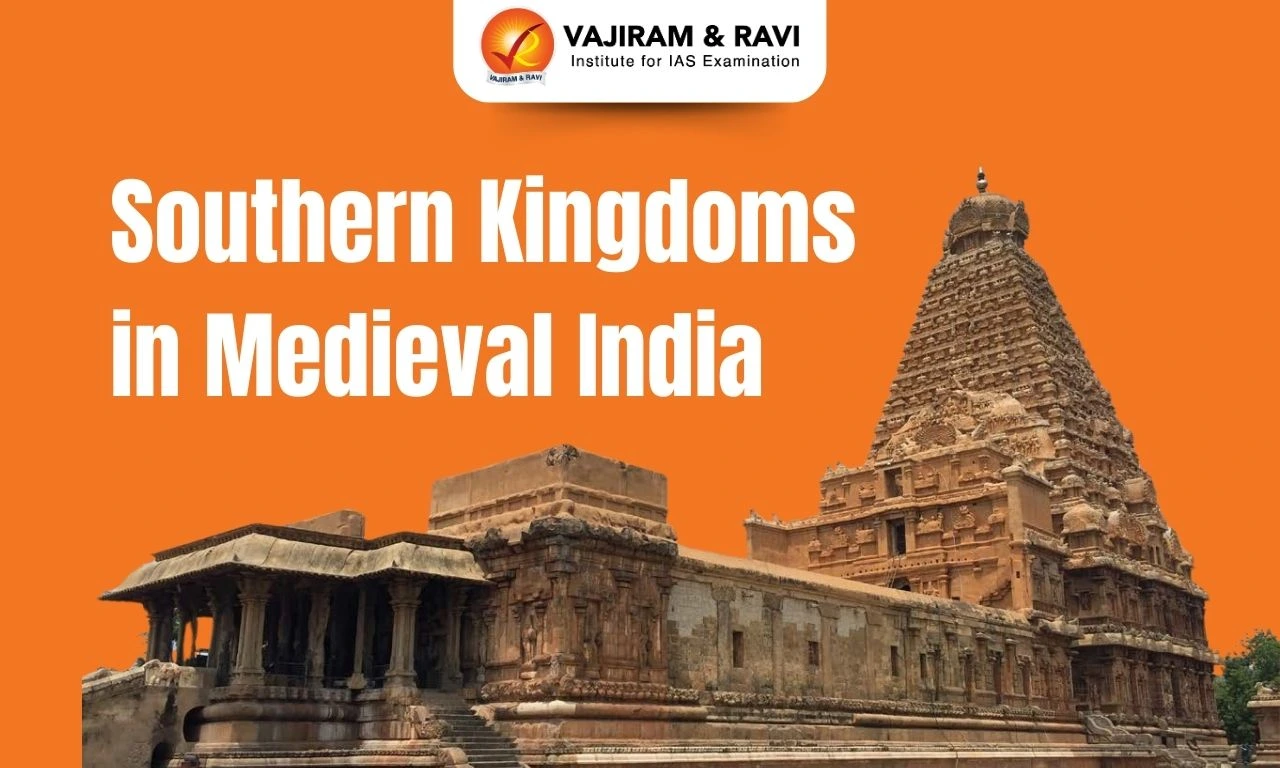Extremism in India is a multifaceted challenge, shaped by the diversified socio-political terrain of the country and the differential socio-economic status of the people. Extremism in India includes left-wing extremism, religious radicalism, and ethno-nationalist movements, etc. These extremist ideas are generated as a result of deep-seated grievances, socio-economic inequality, and identity politics.
The extremism in India puts strains on the nation's democratic and cultural foundation, leading to violence and civil instability. To address these issues, a sophisticated understanding of India's unique cultural and historical background, as well as a balanced approach that blends security measures with socioeconomic development and inclusive political dialogue, is required.
Extremism Meaning
Extremism is defined as any ideology that is deemed to be significantly far from society's mainstream attitudes and conventional moral norms. It can be seen as either good or evil based on political and philosophical beliefs. There are several perspectives on extremism, such as:
- Political Perspective: In politics, extremism is often broadly defined as ideologies or actions that are far from the societal norm. This can include radical views on the left or right of the political spectrum.
- Sociological Perspective: Sociologists may view extremism as a deviation from a society's accepted norms and values.
- Psychological Perspective: Extremism can be seen as a result of certain cognitive and emotional processes, such as the need for identity, certainty, and security.
- Legal perspective: Legally, extremism is often defined in the context of actions, such as terrorism, hate crimes, or incitement to violence.
Extremism in India Forms
Extremism in India has several forms and expressions, ranging from separatist movements in Kashmir and the Northeast to Maoist insurgencies, all of which reflect profound sociopolitical and cultural divides within the country.
Left-wing Extremism (LWE)
Left-Wing Extremism (LWE) is considered India’s most severe internal security threat, primarily concentrated in the "Red Corridor," spanning 70 districts across 10 states, including Bihar, Jharkhand, Chhattisgarh, and Odisha.
- Objectives: Originating as peasant movements, these Maoist or Naxalite groups aim to seize state power through prolonged armed struggle. Their core demands revolve around rights over forests, water, land, and mineral resources (jal, jungle, zameen, and khanij).
- Government Response: Despite ongoing counterinsurgency efforts by the Indian government, including military operations and development initiatives, a lasting peace agreement remains elusive.
- The conflict has claimed over 20,000 civilian lives since 1980, making it a persistent challenge for national security.
Religious Extremism
Religious extremism or radicalism justifies violence or intolerance based on religious lines. India has been experiencing this menace even before the partition, which was based on the bedrock of the Two-Nation theory.
- Examples: Radicalisation in Punjab, Terrorism and militancy in Jammu & Kashmir. The recent Pahalgam terror attack is an example of religious extremism.
- Reasons: The reasons for internal security challenges in India are multifaceted, including historical factors like the Two-Nation Theory and Partition of India, contemporary issues such as religious fundamentalism, religious nationalism, etc.
Ethnic Extremism
Ethnic extremism is a type of extremism built on strong feelings of ethnic identification, and it frequently incorporates the notion that one's ethnic group is superior or has the right to govern or dominate other ethnic groups.
- Reasons: Ethnic extremism is frequently motivated by a combination of historical grievances, cultural anxieties, socioeconomic reasons, and political ambitions.
- Impact: It leads to the rise of conflict, bigotry, and violence in society.
- Examples:
- Manipur violence in 2023, due to conflict between the Meitei and Kuki-Zo tribal communities.
- Problems faced by the people from Northeast India in various regions of India.
- North India - South India divide, perpetrated by the political parties and leaders, etc.
Secessionist Movements
Secessionist movements are campaigns or initiatives by a faction within a country to secede and form an independent nation. India too has faced such ideologies in its certain parts.
- Reasons: Ethnic, cultural, religious, or linguistic division, perceived economic or political marginalisation, historical grievances, and the role of external states are common motivators for these movements.
- Examples: India has witnessed several such movements, such as the Kashmir Separatism, the Khalistan movement, etc.
- Further, groups in states like Nagaland, Manipur, and Assam have at various times sought independence.
Extremism in India Causes
Extremism in India causes are multifaceted, including socio-economic disparities, political marginalisation, religious intolerance, ethnic tensions, external influence, and inadequate governance, which collectively fuel radicalisation and violent movements across the country.
- Historical Grievances: Long-standing historical grievances, frequently based on perceived injustices or suppression, feed extreme beliefs in certain regions or populations.
- Ethnic and Linguistic Tensions: Tensions between ethnic and religious groups in India can often lead to extremism, especially when populations feel marginalised or threatened.
- Further, efforts to protect cultural and linguistic identities can occasionally take an extremist turn, particularly in response to perceived threats to these identities.
- Socio-Economic Disparities: Economic inequality and a lack of growth in particular locations provide an ideal ground for extreme beliefs as people seek solutions to their plight.
- Political Marginalisation: When groups or communities feel politically marginalised or underrepresented, they may turn to extremism to assert their demands or rights.
- Role of External States: Cross-border influences and finance, particularly in locations such as Kashmir, play an important role in feeding and maintaining extremist movements.
- Radical Ideology: Exposure to radical ideologies, both domestic and international, through social media and other means, can lead to extremism in people or groups.
Extremism in India Challenges
Extremism in India challenges national security, disrupts economic growth, causes political instability, triggers displacement, hampers regional development, and fosters societal polarisation, posing a severe threat to India's unity and progress.
- National Security Threats: Extremist activities, particularly terrorism, pose serious threats to national security, endangering lives and property. Examples include the 2001 Indian Parliament attack, the 2019 Pulwama attack, etc.
- Economic Impact: Frequent incidents of extremism and related violence can deter investment and tourism, affecting economic growth. It also diverts government resources to security measures, which might otherwise be used for development.
- For example, India experienced a significant decline in foreign tourists after the 2008 Mumbai attacks, with a 3.3% drop in 2009 compared to the previous year.
- Political Instability: Extremist movements can lead to political instability, affecting governance and the democratic process, especially in regions where these movements are strong.
- Impact on Development: Regions affected by extremism often face developmental challenges, as persistent violence and instability hinder infrastructure development, education, healthcare, and other essential services.
- For instance, Left Wing Extremism (LWE) affected areas in India are often among the country's least-developed regions, with high levels of poverty, unemployment, illiteracy, malnutrition, and social exclusion.
- Polarisation: Extremist ideologies can lead to the further polarisation of society, creating more divisions and enhanced mistrust among groups and communities.
Extremism in India Government Measures
The Indian government has implemented various measures to combat extremism, including enhanced intelligence gathering, strengthened border security, de-radicalisation programs, socio-economic development initiatives, and legal frameworks to ensure national security.
- National Policy and Action Plan, 2015: It comprises a combination of security, development, and public perception management.
- Schemes for infrastructure: Govt has launched several schemes to strengthen the public infrastructure, such as Special Central Assistance (SCA) for most LWE-affected districts, Special Infrastructure Scheme (SIS), Road Requirement Plan-I (RRP-I), Road Connectivity Project, and LWE Mobile Tower Project, etc.
- SAMADHAN: This new operational doctrine has replaced the “Operation Green Hunt”. The effectiveness of measures is evident in a 76% reduction in extremist incidents in 2022 compared to 2014 (as per the Ministry of Home Affairs).
- Empowerment of Agencies: India has empowered agencies like the National Investigation Agency (NIA) with greater powers, including extra-territorial jurisdiction and the ability to investigate terror activities abroad.
- Legislative Changes: Major legislative changes include amendments to the Unlawful Activities (Prevention) Act (UAPA), allowing authorities to designate individuals and organizations as terrorists and seize their property.
- Dealing with J&K insurgency:
- Development Initiatives: Various schemes like the Prime Minister Development Package (2015), UDAAN for skill development, Himayat for youth employment, and Umeed for women's empowerment have been launched.
- Security Measures: Enhanced security operations, including Operation Sarvashakti (2024) against Pakistan-backed terrorism, along with successful initiatives like Operation Allout and Operation Rakshak, have strengthened counter-insurgency efforts.
Extremism in India Way Forward
Extremism in India Way Forward involves a multi-pronged approach, including strengthening intelligence networks, promoting community engagement, implementing counter-radicalisation programs, securing borders, reforming laws, and enhancing international cooperation to combat extremist threats.
- Strengthening Intelligence Network: Enhance intelligence-sharing mechanisms between central and state agencies for better coordination and timely action against extremist threats.
- Community Engagement: Foster trust between security forces and local communities through awareness programs, skill development, and employment opportunities to prevent radicalisation.
- Counter-Radicalisation Programs: Implement targeted de-radicalisation initiatives, including educational campaigns and counselling, focusing on vulnerable sections, especially youth, in extremist-prone regions.
- Improving Border Management: Strengthen border management with advanced surveillance technology, increased patrolling, and efficient coordination among security forces to prevent cross-border infiltration.
- Legal Reforms: Regularly update counter-terrorism laws to effectively tackle emerging threats while ensuring human rights are safeguarded during security operations.
- International Cooperation: Enhance cooperation with neighbouring countries and global organisations for intelligence sharing, capacity building, and coordinated action against transnational extremist networks.
Last updated on December, 2025
→ Check out the latest UPSC Syllabus 2026 here.
→ Join Vajiram & Ravi’s Interview Guidance Programme for expert help to crack your final UPSC stage.
→ UPSC Mains Result 2025 is now out.
→ UPSC Notification 2026 is scheduled to be released on January 14, 2026.
→ UPSC Calendar 2026 is released on 15th May, 2025.
→ The UPSC Vacancy 2025 were released 1129, out of which 979 were for UPSC CSE and remaining 150 are for UPSC IFoS.
→ UPSC Prelims 2026 will be conducted on 24th May, 2026 & UPSC Mains 2026 will be conducted on 21st August 2026.
→ The UPSC Selection Process is of 3 stages-Prelims, Mains and Interview.
→ UPSC Result 2024 is released with latest UPSC Marksheet 2024. Check Now!
→ UPSC Prelims Result 2025 is out now for the CSE held on 25 May 2025.
→ UPSC Toppers List 2024 is released now. Shakti Dubey is UPSC AIR 1 2024 Topper.
→ UPSC Prelims Question Paper 2025 and Unofficial Prelims Answer Key 2025 are available now.
→ UPSC Mains Question Paper 2025 is out for Essay, GS 1, 2, 3 & GS 4.
→ UPSC Mains Indian Language Question Paper 2025 is now out.
→ UPSC Mains Optional Question Paper 2025 is now out.
→ Also check Best IAS Coaching in Delhi
Extremism in India FAQs
Q1. What is an example of extremism?+
Q2. What is the meaning of the word extremist?+
Q3. What is Extremism in India?+
Q4. What is the difference between terrorism and extremism?+
Q5. What are the main causes of Extremism in India?+

















